The slug may be vibrant and rare, but experts believe we’ll be seeing more of them as they adapt to warming waters thanks to climate change.
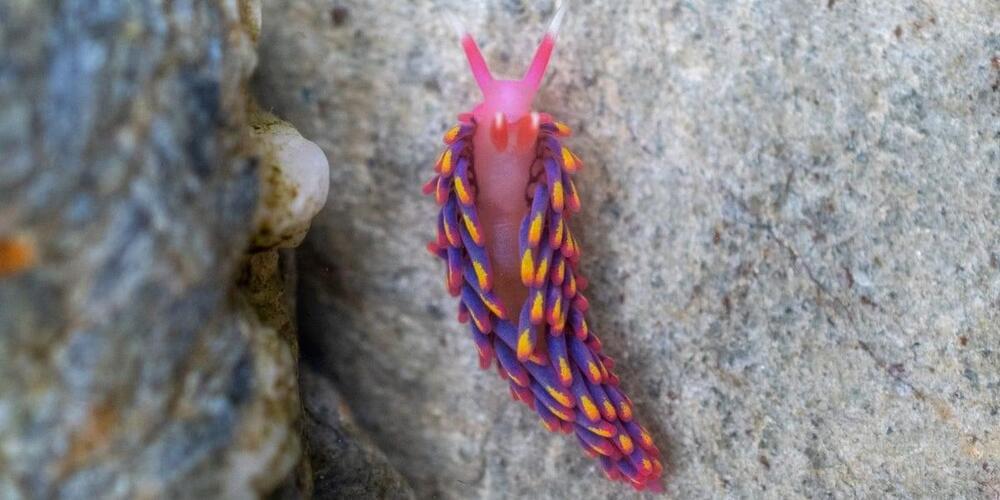

Not perfect, but very impressive.
Sponsored:
Use my special link https://www.privateinternetaccess.com/AIDRIVR for an 83% discount, 4 months free and 30-day money-back guarantee on the best VPN — Private Internet Access.
Version: 11.4.1 [2023.7.5]
Consider supporting this channel on Patreon: https://patreon.com/AIDRIVR
Filming Equipment:
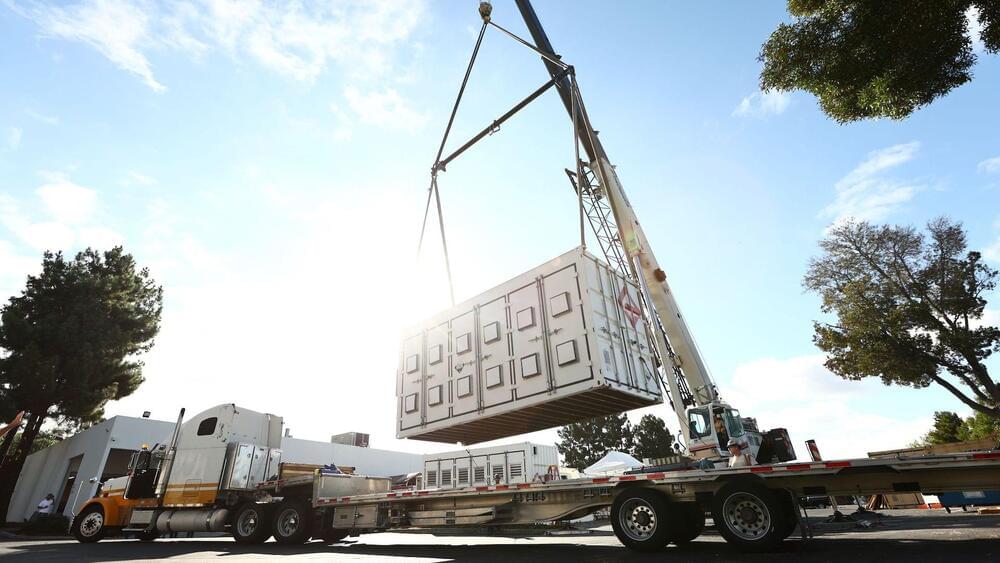
It “lasts more than three times as long” as lithium-ion, according to EnerVenue CEO Jorg Heinemann.
With the advent of space tourism for the world’s wealthiest and a looming global recession, there has been a predictable increase in arguments against public spending on space technologies.
However, those calling to halt space operations often ignore the immense benefits space technologies bring us here on Earth. Obvious examples come in the form of GPS and the many satellites used to investigate the effects of climate change.
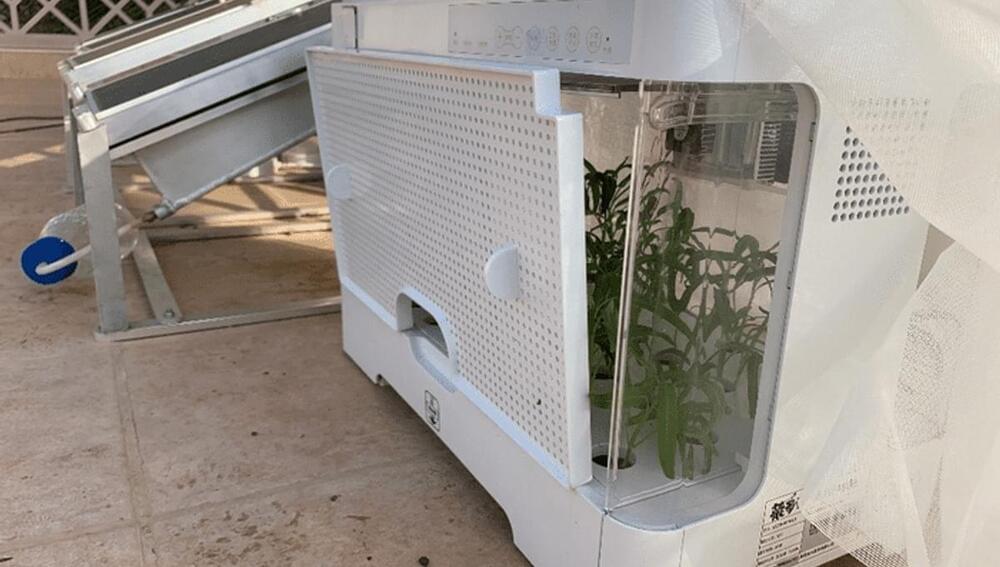
Waste heat produced by solar cells undermines their performance, but the race is on to harness it for useful purposes. Researchers have found a way to tap into that heat to collect water out of the air, and have demonstrated the effectiveness of the idea by growing spinach in the Arabian desert, one of the driest places on Earth.
Stephen has a science degree with a major in physics, an arts degree with majors in English Literature and History and Philosophy of Science and a Graduate Diploma in Science Communication.
The company hasn’t really put a date for their actual deployment in its own factories.
Elon Musk’s electric car to solar-making company, Tesla, also has one more product in the pipeline aimed at wooing customers, The Tesla Bot. Musk announced the bipedal robot in 2021, and recently the company has provided an update on its progress through a 65-second video.
Regarding bipedal robots, the benchmark is relatively high, with Boston Dynamics’ Atlas capable of doing flips and somersaults. Musk, however, never said that Tesla was looking to entertain people with its robots’ antics.
Tesla/ YouTube.
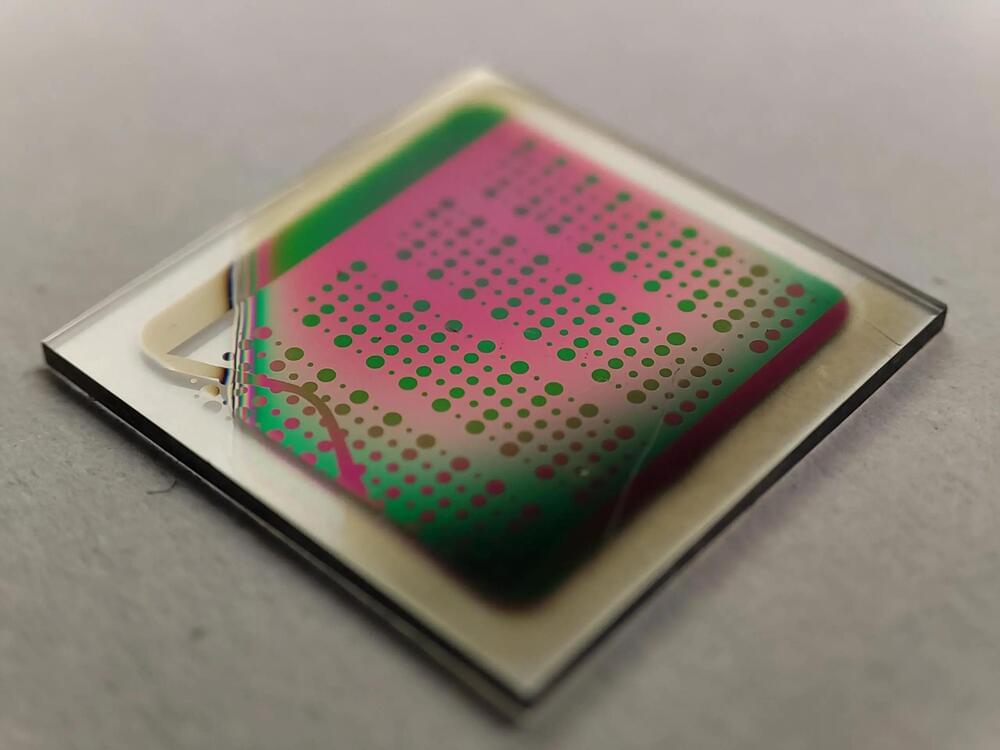
Researchers at TU Wien (Vienna) have developed a groundbreaking oxygen-ion battery, which boasts exceptional durability, eliminates the need for rare elements, and solves the problem of fire hazards.
Lithium-ion batteries, while commonplace in today’s world – powering everything from electric vehicles to smartphones – aren’t necessarily the optimal solution for all applications. Researchers at TU Wien have made a breakthrough by creating an oxygen-ion battery that offers several significant advantages. While it may not match the energy density of lithium-ion batteries, its storage capacity doesn’t diminish irreversibly over time, making it capable of an exceptionally long lifespan as it can be regenerated.
Moreover, the fabrication of oxygen-ion batteries doesn’t require scarce elements and involves non-combustible materials. The innovative battery concept has already led to a patent application, filed in collaboration with partners in Spain. These oxygen-ion batteries could provide an outstanding solution for large-scale energy storage systems, such as those required to hold electrical energy from renewable sources.
Times of 0–60 mph simply aren’t enough when you get into the peak-performance, hypercar segment of electric vehicles. The Rimac Nevera has already done an excellent job demonstrating that it’s one of the highest-performing vehicles on the planet, but any doubt should now be dissolved as the electric hypercar smashed through 23 performance records – in just a single day, a record in it of itself.
Since its founding in Croatia in 2009, Rimac Automobili has been developing some of the most exciting and technologically advanced electric hypercars. Rimac’s first EV, the Concept_One, was introduced in 2016 and is considered one of the world’s fastest production vehicles at the time, although its production consisted of a mere eight vehicles.
Rimac’s Concept_Two debuted in 2018 and eventually evolved into its production form, renamed the Nevera. As EV enthusiasts, the Nevera represents much of the potential of electric hypercars, which can significantly outperform ICE counterparts without any emissions.
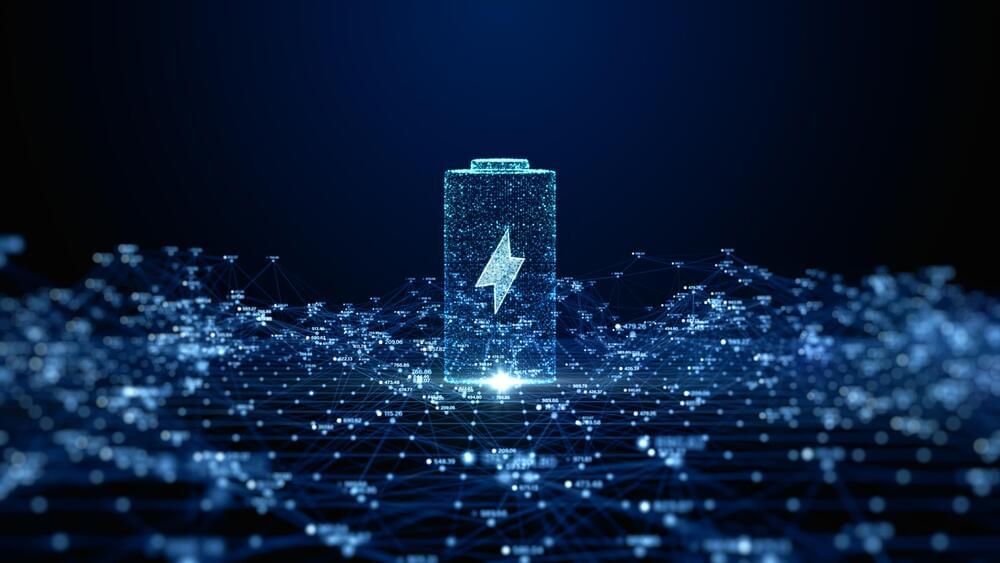
CATL, a Chinese battery manufacturer, has created a condensed battery that it says could help power electric aircraft while meeting the required safety and energy standards.
The company claims the battery’s energy density is 500 watt-hours per kilogram, making it much more robust than it looks. This means that the battery can push out more power from a lighter component than the current options.
The belief is that condensed batteries will open the door to improved power systems for both electric cars and even the aviation field. Finding more efficient ways to handle power generation while also remaining lightweight is essential for both these fields, especially as electric cars try to offer longer ranges.
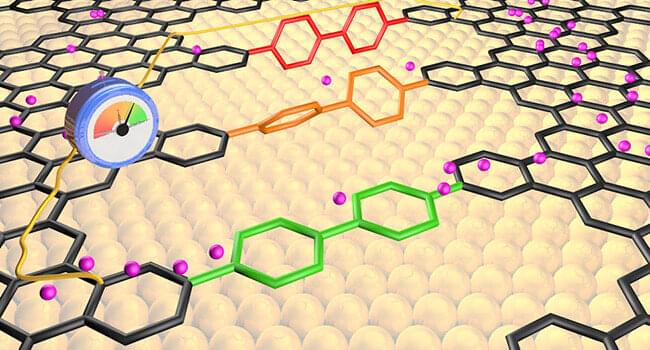
😗😁
Imagine having a building made of stacks of bricks connected by adaptable bridges. You pull a knob that modifies the bridges and the building changes functionality. Wouldn’t it be great?
A team of researchers led by Prof. Aitor Mugarza, from the Catalan Institute of Nanoscience and Nanotechnology (ICN2) and ICREA, together with Prof. Diego Peña from the Center for Research in Biological Chemistry and Molecular Materials of the University of Santiago de Campostela (CiQUS-USC), Dr. Cesar Moreno, formerly a member of ICN2’s team and currently a researcher at the University of Cantabria, and Dr. Aran Garcia-Lekue, from the Donostia International Physics Center (DIPC) and Ikerbasque Foundation, has done something analogous, but at the single-atom scale, with the aim of synthesizing new carbon-based materials with tunable properties.
As explained in a paper just published in the Journal of the American Chemical Society (JACS) and featured on the cover of the issue, this research is a significant breakthrough in the precise engineering of atomic-thin materials —called “2D materials” due to their reduced dimensionality. The proposed fabrication technique opens exciting new possibilities for materials science, and, in particular, for application in advanced electronics and future solutions for sustainable energy.

Solar-powered balloons floating 20 kilometres above ground have recorded inaudible low-frequency signals that have so far not been traced back to any known source.